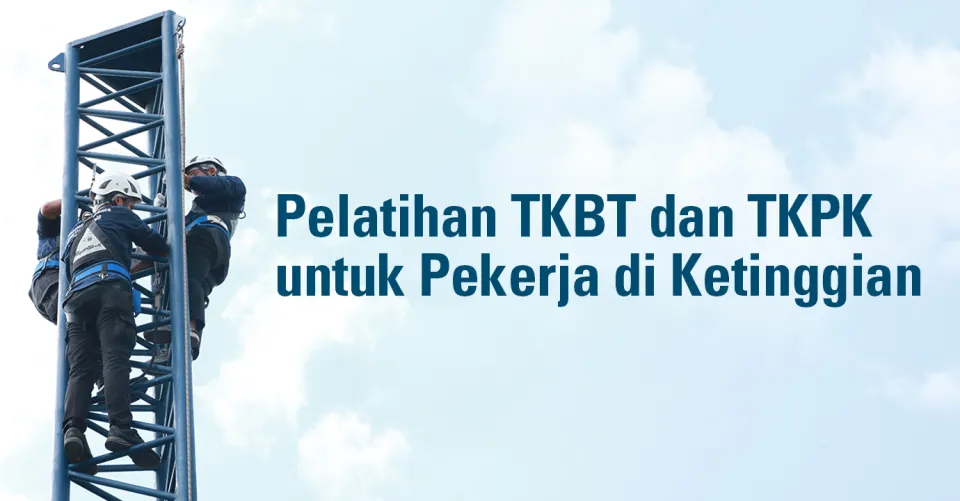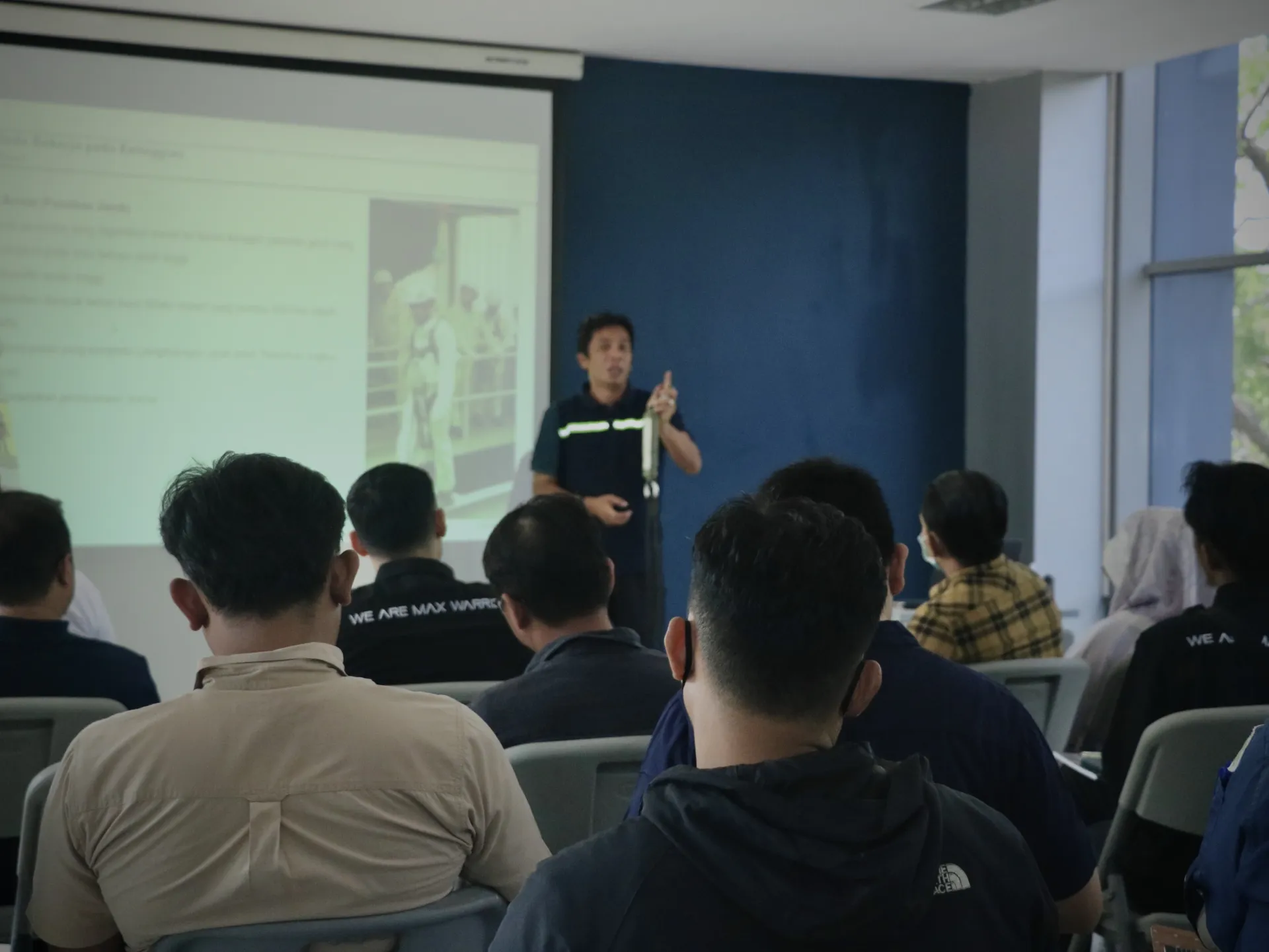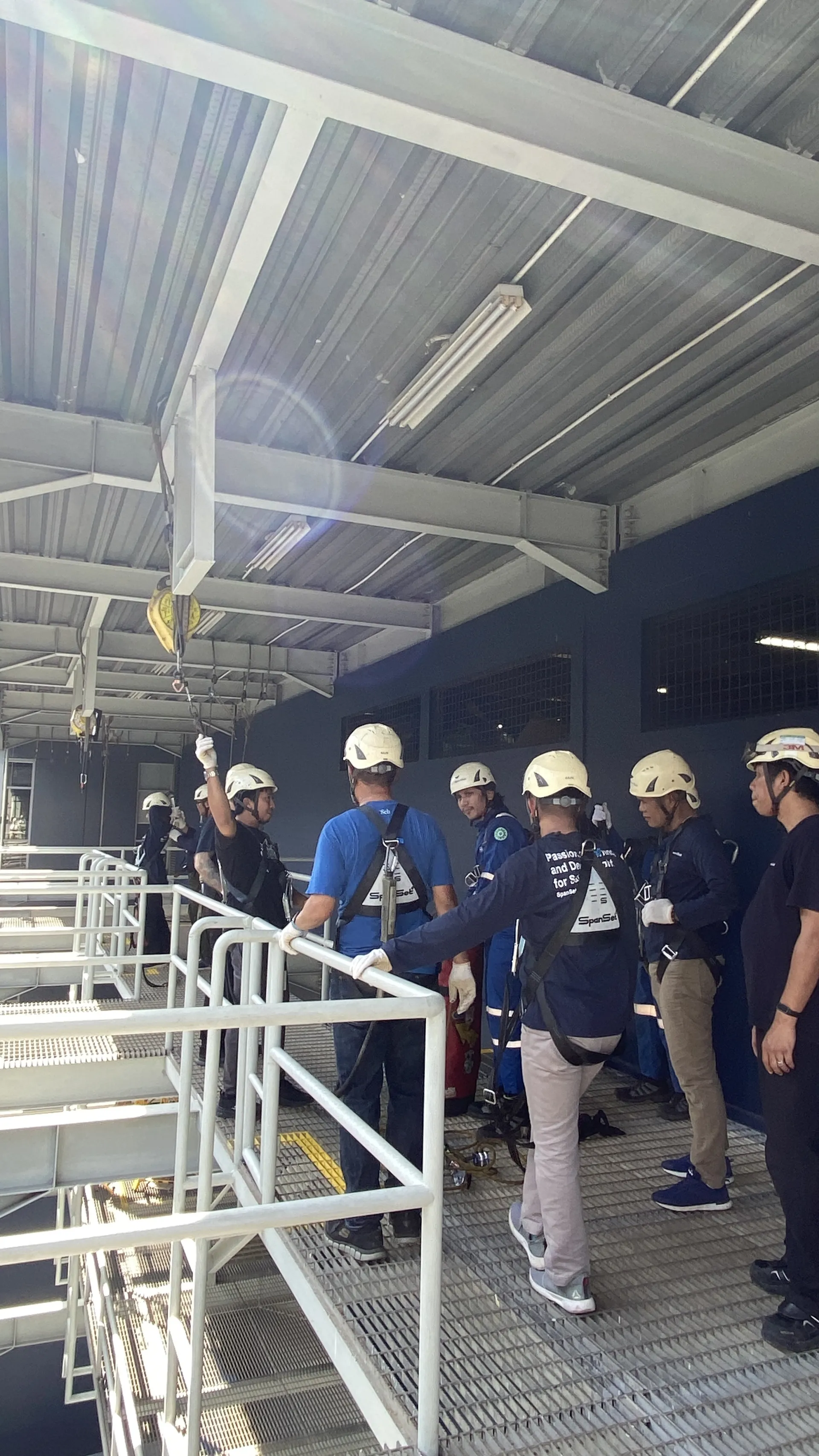
TKBT and TKPK Training for High-Altitude Workers
Working at heights is not just about breathtaking views; it also involves a number of risks and responsibilities. Workers in construction, building maintenance, or even tree work must understand the importance of Working at Heights Training (TKBT) and Safety Training at Heights (TKPK) to maintain safety and improve their skills.
In this article, we will detail the benefits, content, and importance of this training in creating a safe and productive work environment at heights.
Why are TKBT and TKPK Important?
Working at heights carries higher risks compared to ground-level work. Therefore, a strong understanding of work techniques and safety at heights is crucial. TKBT and TKPK training provide a solid foundation for workers to avoid hazards and manage risks wisely. What are the benefits of attending this training?
Benefits of TKBT and TKPK Training
- Increased Safety Awareness: TKBT or TKPK training helps workers become more aware of potential hazards at heights, allowing them to identify and manage them more effectively.
- Mastery of Work Techniques: Besides raising awareness, TKBT or TKPK training provides in-depth knowledge of high-altitude work techniques, including the use of personal protective equipment and special tools to ensure safe and efficient performance.
- Understanding of Laws and Regulations: The most important aspect of this training is understanding the applicable safety regulations and standards, helping workers and companies comply with the rules.
- Improved Communication Skills: In a high-altitude work environment, clear and effective communication is key. This training enhances communication skills among workers, which is essential for maintaining team coordination and safety.
Effective communication is important for any job, not just high-altitude work. What training material will you receive?
Training Material
- Hazard Identification at Heights: Recognizing potential risks such as strong winds, extreme weather, and difficult terrain conditions.
- Selection and Use of Safety Equipment: Understanding how to choose and use personal protective equipment, safety devices, and work tools at heights.
- Emergency Response Procedures: Training workers in emergency procedures, including first aid and evacuation if needed.
- Legal and Safety Regulations: Understanding and complying with applicable work safety regulations.
These four key points are covered in TKBT and TKPK training at SpanSet Indonesia.
CONCLUSION
TKBT and TKPK training are not just legal obligations but investments in safety and productivity. Well-trained workers at heights can contribute maximally without compromising their own safety or that of their colleagues. By understanding the benefits and training materials, we can collectively create a safer and more productive high-altitude work environment.
View this post on Instagram
For further consultation about SpanSet Indonesia products and services, please contact us via email at sales@spanset.co.id or WhatsApp
To find specification detail and prices of SpanSet Indonesia Products, please visit SpanSet Indonesia Marketplace on Tokopedia and Shopee.

